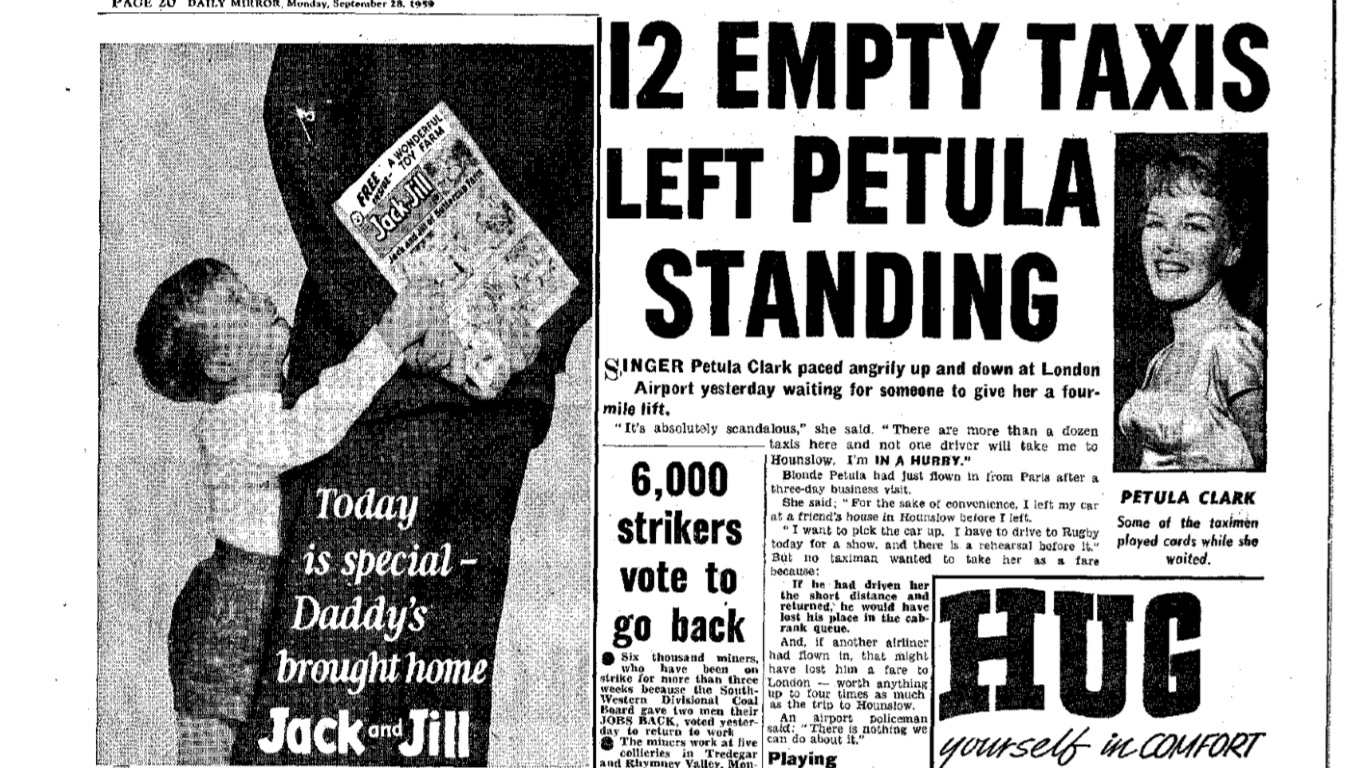I was riding through the desert on a horse with no name. This was asking for trouble, and sure enough, after passing plants and birds and rocks and things and sand and hills and rings we arrived at a Horse Registration Station. A cowpoke in a poncho bid us to stop, so I pulled on the reins and patted my horse on its horsey head.
“Before you go any further I must register your horse,” said the cowpoke.
“Register away!” I said, blithely I hoped. I had practised blitheness of speech at drama school, but only now did I understand the yawning gulf between strutting upon the stage and negotiating the real world of deserts and Horse Registration Stations manned by enponchoed cowpokes.
“First I will need the name of your horse,” he said.
“And what will you need second?” I asked, playing for time.
“Second I will need any aliases or pseudonyms by which your horse is known.”
I wondered what would happen if I cried “Yippee-ky-oh-ky-ay!” and dug my spurs into the horse’s horsey flanks and galloped away, leaving the cowpoke in a trail of dust.
“Don’t get any funny ideas about galloping off on an unregistered horse,” said the cowpoke, adding “You won’t get far” with an air of menace. I am unusually alert to threats of menace, by dint of hard experience, and I do not mean merely stage menace as met with in certain plays by certain dramatists. No. I mean real menace in the real world of plants and birds and rocks and things and sand and hills and rings.
For one wild moment I considered lying, plucking a name for my nameless horse from within the dark ignorant recesses of my cranial integuments. But the cowpoke again forestalled me. Was he a clairvoyant cowpoke?
“And don’t just make up a name,” he warned, “I will know if you are lying, and by the martyred sinews of Saint Blodwyst, you will not want to suffer the consequences of trying to pull the wool over my eyes.”
I did not doubt him. He spoke with the kind of effortless authority of a character I had once played, to no little acclaim, in a stage production of something or other by one of the Norwegian playwrights.
I had little option but to blurt out the truth.
“My horse has no name,” I blurted.
The cowpoke did not react immediately. Then he fixed me with a gaze that would have chilled the blood were we not broiling in the heat of the desert. He looked at me, and then he looked at the horse. He rummaged in his poncho. He hummed a snatch of light opera, Il Ingrazziatiniatoni-apoppiapippi, I think. Then he took from within his poncho a pebble, and with sudden and devastating accuracy threw it up into the sky and clonked a bird, which plummeted to earth stone dead at his feet.
“Each time a nameless horse tries to pass this Station,” he said, “A bird must die. So it is written. Learn that lesson well, stranger. Now turn around and do not return.”
“Where is it written?” I asked.
But the cowpoke had taken from within his poncho a shovel, and was busy burying the bird in the desert sand.
I turned my horse about, dug in my spurs, and we galloped away, back whence we had come, all the way across the desert, all the way back to the eastern seaboard and the theatre on the pier at Point Punctilio, where the tattered posters were still just about legible, the posters that advertised our critically-panned performance of The Tragedy of Trubshaw, about a lone rider, and his horse, a horse with no name.





